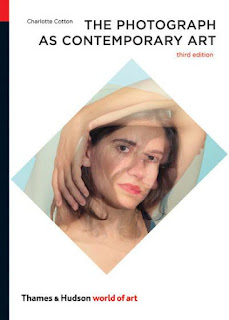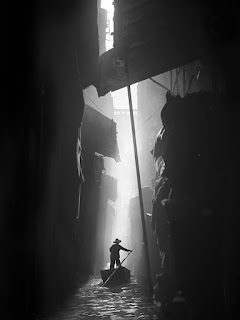Friday, July 31, 2020
War - Tim Hetherington
Thursday, July 30, 2020
Reading the Landscape - Peter Heaton Review
Peter Heaton – Reading the Landscape
When Beverley Art Gallery re-opened in early July it did so with two new exhibitions, one a photography exhibition which I was asked to review by the Friends of Beverley Art Gallery for their newsletter. This is what I wrote. The exhibition is open for some weeks yet. Let me know what
Peter Heaton is a professional photographer who studied at Nottingham Trent and Leeds Metropolitan Universities. His well established Vale of York Darkrooms in Stillington provide a base for his digital and traditional development courses.
This new exhibition at Beverley Art Gallery exhibits some of Heaton’s black and white landscapes taken whilst walking the Yorkshire Wolds. A lover of nature, inspired by writers such as Robert Macfarlane it is unsurprising that Heaton wishes to express his concerns, impressions and emotions beyond the photographs he takes. As Heaton identifies in his introductory notes to the photographs there are obvious limitations to their use as records. As John Berger rightly says in his essay
In order to overcome this perceived deficit Heaton experiments with overlaying words on the pictures themselves in an attempt to add a wider experience for the viewer. They appear in different scripts, sizes and transparencies. “
The photographs are lovely. Well crafted and composed. The words sometimes meaningful but sometimes more challenging to set against their backdrops. The idea is not new but uncommon and whether it works open to question. I found the words sometimes detracted from the images but that is the fun and fact of any artistic endeavour. It is up to you to visit and see for yourselves. It is certainly provoking and reminds us of the increasing fragility of our natural surroundings in these fragile times.
The exhibition is now open and good one way social distancing measures and tracking are in place.
Nigel Walker
* The John Berger quotation in my reveiw comes from Understanding the Photograph, a series of essays edited by Geoffrey Berger and originally published ( but now as a Penguin Cassic) in 2012.
Wednesday, July 29, 2020
The wood carver
Tuesday, July 28, 2020
Yes, but is it Art ?
Monday, July 27, 2020
The Red Dress on tour
Sunday, July 26, 2020
Fan Ho
Saturday, July 25, 2020
A lovely thought - how a buyer followed up
Friday, July 24, 2020
Context - Dan Kitchener graffiti
Context
Thursday, July 23, 2020
Harvest - continuing a series
Wednesday, July 22, 2020
John Bulmer
Tuesday, July 21, 2020
Re-editing
Monday, July 20, 2020
Henri Cartier-Bresson
Henri Cartier-Bresson
Sunday, July 19, 2020
Composition
Saturday, July 18, 2020
In a fjord near Kirkenes
Friday, July 17, 2020
Photo London exhibition - 7th - 11th October 2020
Thursday, July 16, 2020
Minimalism
Wednesday, July 15, 2020
Michael Kenna - landscape photographs
Tuesday, July 14, 2020
A Photographer's Playbook - book review
Monday, July 13, 2020
Classic Ribblehead Viaduct shot
Sunday, July 12, 2020
Joel Meyerowitz podcast
Saturday, July 11, 2020
Brimham Rocks
Friday, July 10, 2020
A weekend sale by Taschen
Thursday, July 9, 2020
Deconstruction or a different way to shoot a sunflower...
Wednesday, July 8, 2020
My influences - Francesca Woodman
Helen Levitt - fifty years of New York street photography
Helen Levitt was a native New Yorker, born in Brooklyn in 1913, and remained in the city until her death aged 95 in 2009. A quiet and intr...

-
52 Assignments - Landscape Photography by Ross Hoddinott and Mark Bauer is one of the books in the 52 Assignment series recently published...
-
Cameras are exciting bits of kit these days. Exploring them fully takes time but one of the features I discovered which I am enjoying experi...
-
This American photographer grew up in Lexington and studied photography in the late 60's at the Ansel Adams Yosemite workshops and lat...









































